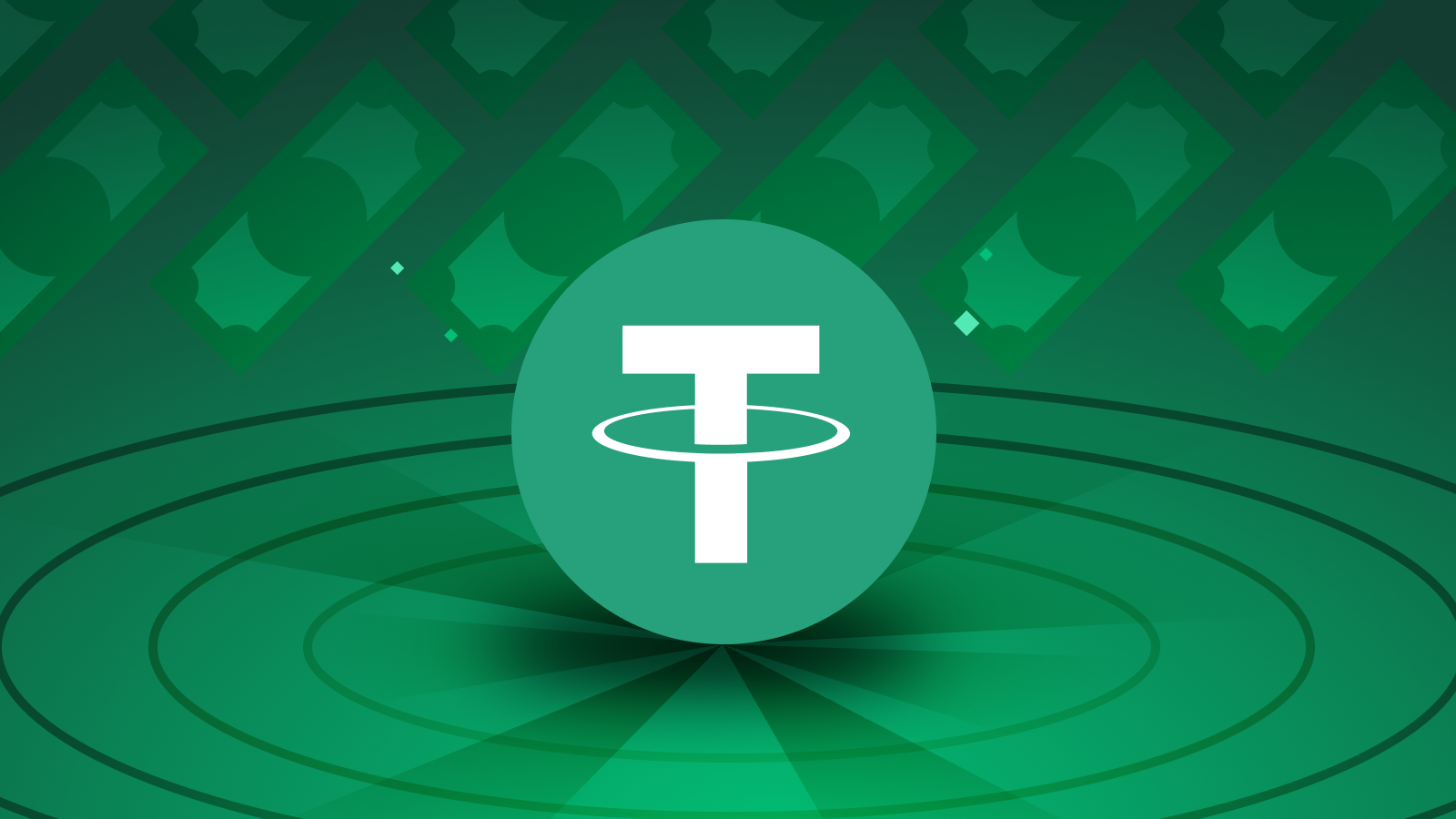Cardano is a decentralized public blockchain and cryptocurrency project. When we say that Cardano is a “decentralized public blockchain,” we mean that it is a digital ledger of transactions distributed across a computer network. This means that there is no central authority in charge of the network, and instead it is run by a decentralized network of nodes.
As a “public” blockchain, Cardano is open to anyone who wants to participate, either as a user or a validator. This contrasts to a “private” blockchain, which is only accessible to a select group of people.
Cardano is also a “cryptocurrency project,” meaning that it has its own native digital currency, called ADA. This currency can be used to make transactions on the Cardano network, and it can also be bought and sold on cryptocurrency exchanges.
Brief History of Cardano
Cardano was created by blockchain development firm Input Output Hong Kong (IOHK), which was founded in 2015 by Charles Hoskinson and Jeremy Wood. IOHK is a leading player in the blockchain industry, with a focus on using a scientific and research-driven approach to blockchain development.
Charles Hoskinson is the CEO of IOHK and one of the key figures behind the Cardano project. He is a well-known figure in the cryptocurrency and blockchain community, and is known for his strong focus on research and development. Before co-founding IOHK and leading the development of Cardano, Hoskinson co-founded Ethereum, which is one of the most popular and influential blockchain platforms in existence.
As the leader of the Cardano project, Hoskinson works with the IOHK team and other partners to develop and maintain the Cardano blockchain and conduct research in the field of blockchain technology. He is also involved in building relationships with governments, businesses, and other organizations that are interested in using the Cardano platform.
 Cardano Algorithm
Cardano Algorithm
Cardano is built on a proof-of-stake consensus algorithm, which means that the network is secured by “validators” who stake their own ADA (Cardano’s native cryptocurrency) to validate transactions and create new blocks.
In a proof-of-stake (PoS) consensus algorithm, the validators (also known as “stakers”) of the network are responsible for validating transactions and creating new blocks. These validators are chosen based on the number of coins they have “staked” (i.e., put at risk) on the network.
In the case of Cardano, the validators stake their own ADA (Cardano’s native cryptocurrency) to validate transactions and create new blocks. This is in contrast to a proof-of-work (PoW) consensus algorithm, in which validators (called “miners”) compete to solve complex mathematical problems in order to validate transactions and create new blocks.
One of the main advantages of a PoS consensus algorithm is that it is more energy efficient than PoW, as it does not require powerful computers to solve mathematical problems. This makes it more sustainable and scalable in the long run.
In addition to staking their own ADA, validators on the Cardano network must also follow a set of rules and best practices to ensure the network’s security and integrity. If a validator fails to follow these rules, they may be punished by losing some or all of their staked coins.
Cardano Features
Cardano aims to address some of the scalability and sustainability issues that have plagued other blockchain networks, such as Ethereum. It also has a strong focus on security and compliance and aims to create a platform that can be used by governments, businesses, and other organizations.
Like many other blockchain networks, Ethereum has faced scalability and sustainability issues as it has grown in popularity and usage. These issues include slow transaction speeds and high fees, which can make the network impractical for specific use cases; it is also worth noting that the switching of Ethereum from Proof of work (PoW) to proof of stake (PoS) will compete in the future for these networks.
Cardano aims to address the above mentioned issues and create a more scalable and sustainable platform by using a proof-of-stake (PoS) consensus algorithm and implementing other technical innovations. For example, Cardano uses a multi-layer design, with a Settlement Layer for processing and recording transactions and a Computation Layer for handling smart contracts and decentralized applications (dApps).
This design is intended to help the network scale more effectively and handle more transactions per second. In addition to scalability and sustainability, Cardano also has a strong focus on security and compliance.
The network is designed to be secure and resistant to attacks, and it has a robust governance model that allows for the introduction of new features and updates in a transparent and decentralized manner.
Overall, Cardano aims to create a blockchain platform that can be used by governments, businesses, and other organizations, and that meets the highest standards of security, compliance, and sustainability.
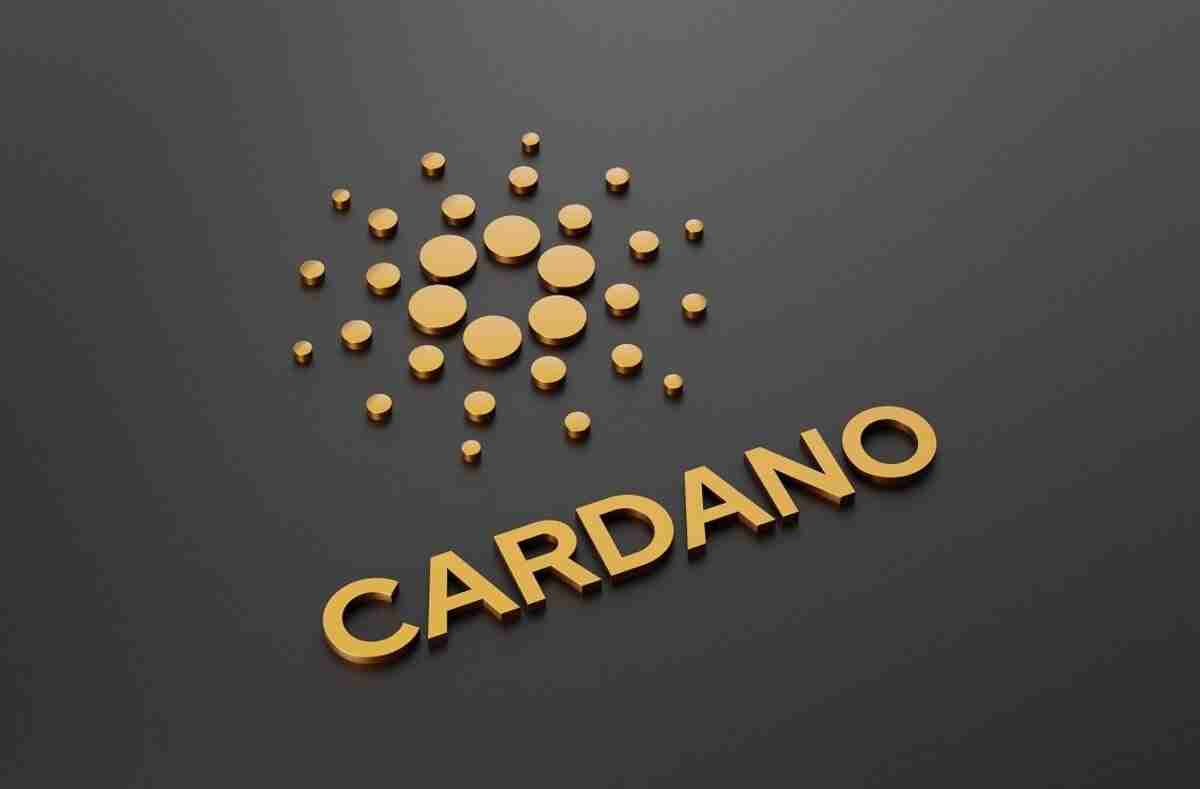 Cardano Programming Language
Cardano Programming Language
Cardano has its own programming language, Plutus, which is used to build smart contracts and decentralized applications (dApps) on the platform.
Plutus is a programming language that was developed specifically for use on the Cardano blockchain. It is a functional programming language, which means that it is based on the concept of functions and is designed to be expressive, concise, and easy to reason about.
Plutus is used to build smart contracts and decentralized applications (dApps) on the Cardano platform. Smart contracts are self-executing contracts with the terms of the agreement between buyer and seller being directly written into lines of code. They are designed to facilitate, verify, and enforce the negotiation or performance of a contract.
Decentralized applications (dApps) are applications that run on a decentralized network, such as a blockchain. They are designed to be distributed, open-source, and autonomous, and they are often used to create decentralized versions of traditional applications.
By using Plutus, developers can build smart contracts and dApps that are optimized for the Cardano platform, and that can take advantage of its unique features and capabilities. Plutus is a key part of the Cardano ecosystem, and it is expected to play a central role in future platform development.
Cardano Blockchain Layers
The Cardano blockchain is designed with two layers: the Cardano Settlement Layer (CSL) and the Cardano Computation Layer (CCL).
- The CSL is responsible for processing and recording transactions on the Cardano network. It is based on a proof-of-stake (PoS) consensus algorithm, which means that validators on the network stake their own ADA (Cardano’s native cryptocurrency) to validate transactions and create new blocks. The CSL is designed to be fast, scalable, and secure and is intended to handle most transactions on the network.
- The CCL is responsible for handling smart contracts and decentralized applications (dApps) on the Cardano platform. It is built on top of the CSL and is designed to be flexible and extensible, allowing for the creation of a wide range of applications and services. The CCL is powered by Plutus, a programming language developed specifically for use on the Cardano platform.
By using a two-layer design, Cardano can separate the platform’s different functions and optimize each layer for its specific purpose. This design is intended to help the network scale more effectively and handle more transactions per second while also supporting a wide range of applications and services.
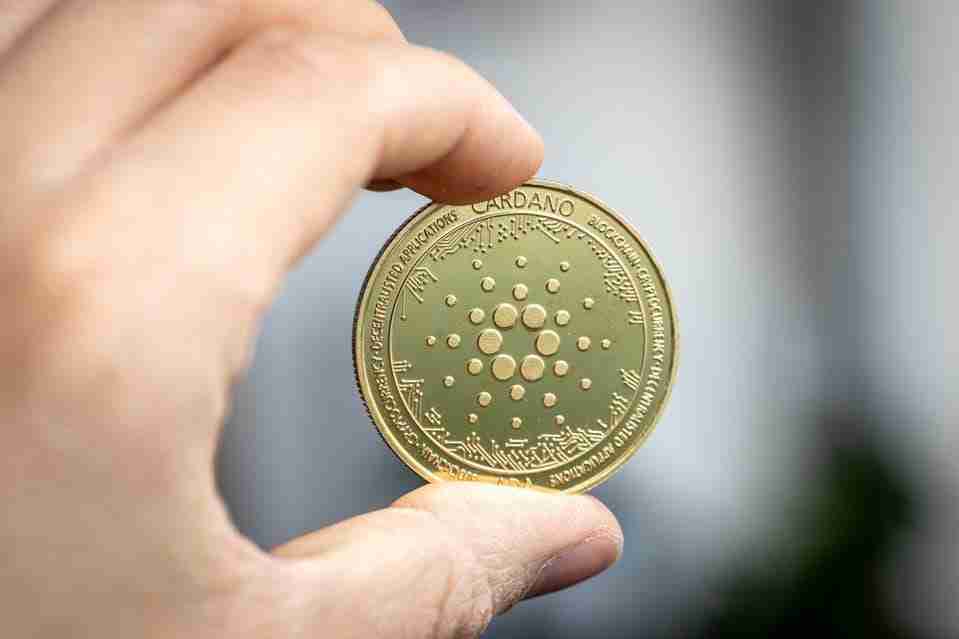 Cardano Research, Partnership and Development
Cardano Research, Partnership and Development
Cardano has a strong focus on research and development and has partnerships with universities and other organizations to advance the state of blockchain technology.
One of the key goals of the Cardano project is to advance the state of blockchain technology through research and development. To achieve this goal, Cardano has established partnerships with universities and other organizations around the world.
These partnerships allow Cardano to collaborate with leading experts in the field and access cutting-edge research and development resources. Cardano’s partners include universities such as the University of Edinburgh and the University of Wyoming, as well as research institutions and other organizations.
Cardano’s focus on research and development is reflected in the fact that it has its own research arm, called the Cardano Foundation. The foundation is an independent body that is responsible for supporting the development of the Cardano platform and promoting the use and adoption of blockchain technology. It works closely with IOHK (the company that leads the development of Cardano) and other partners to advance the state of the art in blockchain technology.
Cardano’s partnerships and focus on research and development are key to its goal of creating a leading-edge blockchain platform that is sustainable, secure, and scalable.
Cardano Investors
Some of the key investors in Cardano include:
- Input Output Hong Kong (IOHK): IOHK is the blockchain development company that leads the development of Cardano. It was founded by Charles Hoskinson, one of the co-founders of Ethereum, and has a strong focus on research and development.
- Emurgo: Emurgo is a company that supports the development of the Cardano ecosystem. It is focused on building and promoting the use of Cardano for real-world applications, and it has invested in a number of projects and initiatives on the platform.
- Cardano Foundation: The Cardano Foundation is a non-profit organization that is dedicated to promoting the use and adoption of Cardano. It is responsible for the governance and standardization of the Cardano network and has also invested in several projects and initiatives on the platform.
- Polychain Capital: Polychain Capital is a digital asset investment firm that has invested in a number of cryptocurrency and blockchain projects, including Cardano.
- Digital Currency Group: Digital Currency Group is a venture capital firm that has invested in a number of cryptocurrency and blockchain projects, including Cardano.
These are just a few examples, and there are many other Cardano investors. The project has attracted a diverse group of investors, including venture capital firms, individual investors, and organizations interested in blockchain technology’s potential.
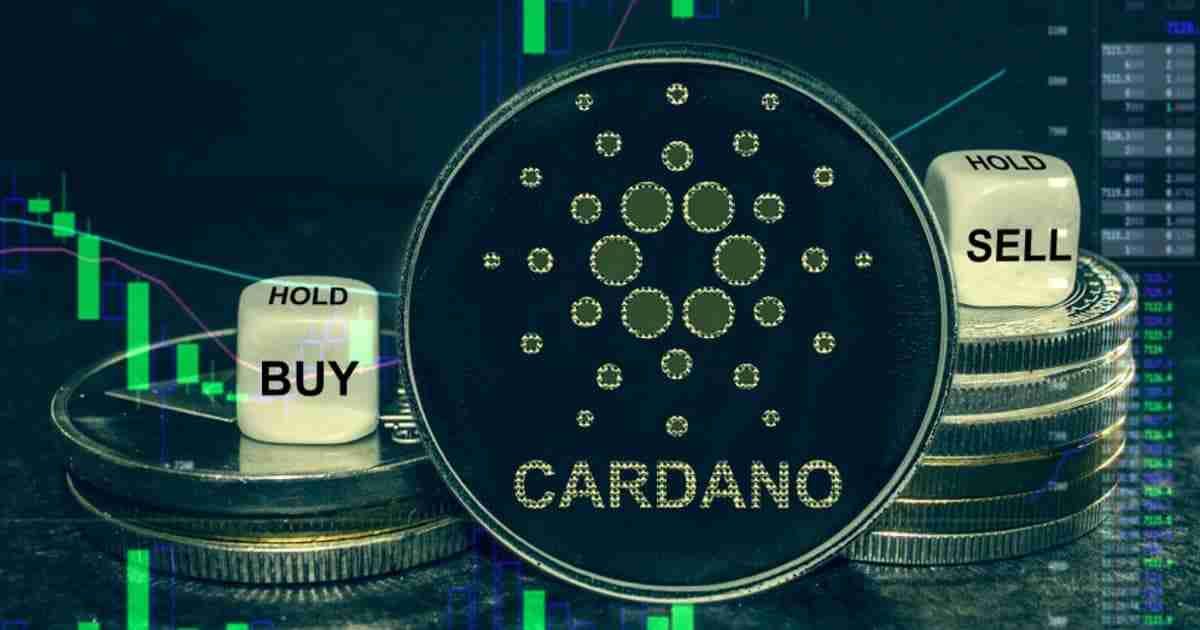 What are Cardano native tokens?
What are Cardano native tokens?
ADA is the native token of the Cardano blockchain. It is a digital currency that is used to make transactions on the Cardano network and can also be bought and sold on cryptocurrency exchanges.
ADA has a number of unique features and properties that make it well-suited for use on the Cardano platform. For example, it is designed to be highly secure and resistant to counterfeiting. It uses a proof-of-stake (PoS) consensus algorithm, which means that it is more energy efficient and sustainable than other cryptocurrencies that use proof-of-work (PoW) algorithms.
In addition to being used as a currency, ADA is also used to facilitate the operation of the Cardano network. For example, validators on the network must stake their own ADA in order to participate in the validation of transactions and the creation of new blocks. This helps to ensure the security and integrity of the network.
ADA is a crucial part of the Cardano ecosystem and plays a central role in the functioning and operation of the platform.
Also, the Cardano blockchain enabled the creation of native tokens on March 1, 2021. Cardano native assets, like Ethereum tokens (which can include NFTs or stablecoins like USD Coin), can be produced and distributed on the blockchain and interact with smart contracts.
Cardano native tokens, unlike Ethereum-based tokens, are not created by a smart contract. They instead use the same architecture as the ADA coin. Cardano native assets are now “first-class citizens” on the blockchain, according to the non-profit Cardano Foundation. Their native architecture can theoretically make these tokens more secure and lower transaction fees.
How to stake cardano
To stake Cardano (ADA), you will need to follow these steps:
- Get a wallet: In order to stake Cardano, you will need a wallet that supports the staking of ADA. There are a number of different wallets available that support staking, including Daedalus (a full-node wallet developed by IOHK, the company that leads the development of Cardano), Yoroi (a lightweight wallet developed by Emurgo, a company that supports the development of the Cardano ecosystem), and Ledger Nano (a hardware wallet that supports staking).
- Buy some ADA: Once you have a wallet, you will need to buy some ADA to stake. You can buy ADA on cryptocurrency exchanges such as Binance or Coinbase.
- Send your ADA to your wallet: Once you have bought some ADA, you will need to send it to your wallet. To do this, you will need to get the address of your wallet (which will be a long string of letters and numbers) and send your ADA to that address from the exchange.
- Choose a staking pool: In order to stake Cardano, you will need to join a staking pool. A staking pool is a group of validators who pool their resources together and work to validate transactions and create new blocks on the Cardano network. There are many different staking pools to choose from, each with its own fee structure and rewards policy.
- Delegate your ADA to a staking pool: Once you have chosen a staking pool, you will need to delegate your ADA to it. This means that you are entrusting your ADA to the staking pool, which will use it to validate transactions and create new blocks on your behalf. Delegating your ADA does not transfer ownership of it, and you can still use it or withdraw it at any time.
- Wait for rewards: Once you have delegated your ADA to a staking pool, you will be eligible to receive rewards for helping to secure the network. These rewards will be paid to you in ADA, and you can expect to receive them on a regular basis (usually every few days or weeks).
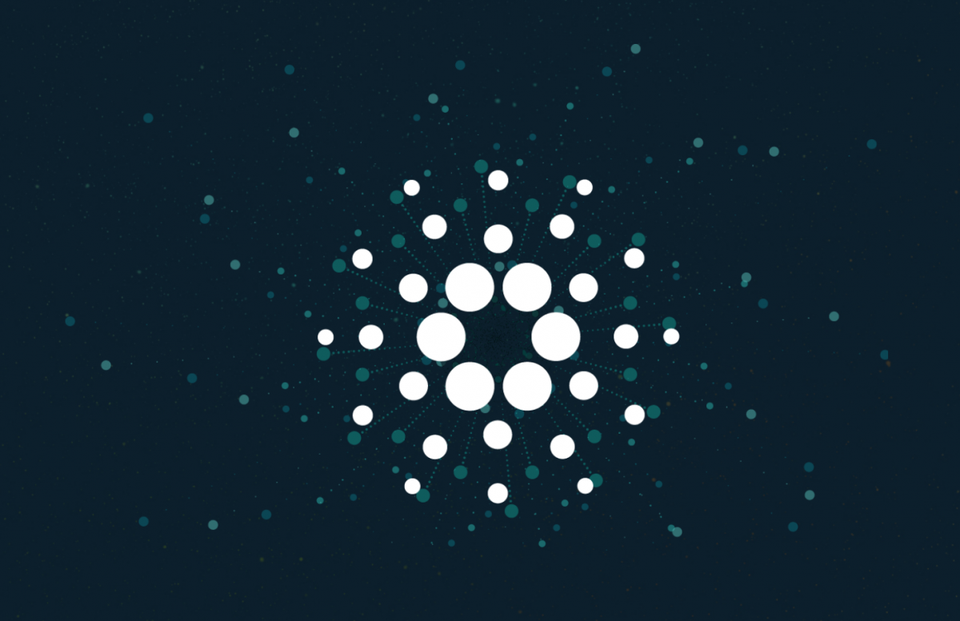 Does Cardano coin have potential
Does Cardano coin have potential
It is difficult to predict the potential of any cryptocurrency, as the value of a coin can be influenced by a wide range of factors. That being said, Cardano (ADA) has a number of features and characteristics that make it unique and potentially attractive to investors and users. Some of the potential strengths of Cardano include:
Strong focus on research and development: Cardano has a strong focus on research and development and has partnerships with universities and other organizations to advance the state of blockchain technology. This could help to ensure that the platform remains at the forefront of innovation and can meet users’ evolving needs.
Scalability and sustainability: Cardano is designed to be scalable and sustainable, with a proof-of-stake (PoS) consensus algorithm that is more energy efficient than proof-of-work (PoW) algorithms used by other cryptocurrencies. This could make it more attractive for use in a wide range of applications and make it more appealing to investors and users.
Strong focus on security and compliance: Cardano has a strong focus on security and compliance and is designed to meet the highest standards in these areas. This could make it more appealing to governments, businesses, and other organizations that are interested in using blockchain technology.
Partnerships and adoption: Cardano has established partnerships with several organizations and is beginning to see adoption in various sectors. This could help to drive demand for ADA and increase its potential value.
Overall, Cardano has the potential to be a strong player in the cryptocurrency and blockchain space. However, it is important to keep in mind that the value of any cryptocurrency can fluctuate significantly, and it is always important to do your own research and due diligence before making any investment decisions.
Is Cardano a good investment
It is difficult to give a definitive answer as to whether Cardano (ADA) is a good investment, as the value of any cryptocurrency can be influenced by a wide range of factors and is subject to significant fluctuations.
Before making any investment decisions, it is essential to consider your own financial situation and investment goals carefully and to do thorough research on the cryptocurrency and the technology behind it. Some things you may want to consider when evaluating Cardano as an investment include:
- The potential risks: As with any investment, it is crucial to be aware of the potential risks. Cryptocurrencies are highly volatile and can fluctuate significantly in value, and there is always the possibility of losing all or part of your investment.
- The potential rewards: It is also essential to consider the potential rewards of investing in Cardano. While there is no guarantee of profits, Cardano has a number of features and characteristics that could make it attractive to investors, such as a strong focus on research and development, scalability and sustainability, and partnerships and adoption.
- Your investment time horizon: It is also important to consider your investment time horizon when evaluating Cardano as an investment. If you are looking for a short-term investment, the high volatility of cryptocurrencies may not be suitable for you. On the other hand, if you are willing to hold your investment for a longer period of time, you may be more able to weather any short-term price fluctuations.
Ultimately, whether Cardano is a good investment for you will depend on your financial situation, investment goals, risk tolerance, and a variety of other factors. It is always important to do your own research and to consult with a financial advisor or other professional before making any investment decisions.
Cardano Tokenomics
In the Cardano network, validators (also known as “stakers”) are responsible for validating transactions and creating new blocks. These validators stake their own ADA in order to participate in the validation process, and they are rewarded with additional ADA for their efforts. The amount of ADA a validator receives as a reward is proportional to the amount of ADA they have staked.
In addition to being used as a means of exchange and as an incentive for network participation, ADA is also used to facilitate the operation of the Cardano network. For example, ADA is used to pay fees for transactions and smart contracts on the network, and it is also used to fund the development and maintenance of the platform.
The tokenomics of Cardano are designed to create a sustainable and secure network that is supported by a robust ecosystem of users, developers, and other stakeholders.
Cardano coin supply
The total supply of Cardano (ADA) is limited, and it is currently (as of 2021) set at 45 billion coins. This total supply is expected to be reached over a period of approximately 45 years, at which point no new coins will be created.
The rate at which new coins are created and released into circulation is controlled by a process called “inflation.” In the Cardano network, the inflation rate is currently set at around 1.5% per year, which means that approximately 1.5% of the total supply of ADA is created and released into circulation each year.
The current (as of 2022) circulating supply of ADA is around 35 billion coins. This means that there are currently around 31 billion ADA in circulation and being used by people and organizations around the world.
It is important to note that the total supply and circulation of ADA can change over time, and it is always a good idea to check the most up-to-date information on the Cardano website or other reliable sources.
You can use our tool to check the current price and circulating supply of Cardano here
Where can i buy ADA coin
ADA, the native token of the Cardano blockchain, can be bought and sold on cryptocurrency exchanges. Some popular exchanges that offer ADA include:
Binance: Binance is a leading cryptocurrency exchange that offers a wide range of trading pairs, including ADA/BTC (ADA paired with Bitcoin) and ADA/ETH (ADA paired with Ethereum).
Coinbase: Coinbase is a well-known exchange popular with beginners and experienced traders. It offers a limited number of cryptocurrencies, including ADA, and is available in many countries around the world.
Kraken: Kraken is a reputable exchange that offers a wide range of trading pairs, including ADA/USD (ADA paired with US dollars) and ADA/EUR (ADA paired with Euros).
Bitfinex: Bitfinex is a popular exchange that offers a wide range of trading pairs, including ADA/USD, ADA/BTC, and ADA/ETH.
You can find full list of cryptocurrency exchange to buy ADA here
These are just a few examples, and many other exchanges offer ADA as well. When choosing an exchange to buy ADA, it is important to consider factors such as fees, security, and supported payment methods. It is also a good idea to compare prices across different exchanges to ensure that you are getting the best deal.
Cardano Wallet
A Cardano wallet is a software application or hardware device that is used to store, send, and receive Cardano (ADA), the native token of the Cardano blockchain. Cardano wallets allow users to manage their ADA assets and interact with the Cardano network.
There are several types of Cardano wallets available, including:
Full-node wallets: Full-node wallets, such as Daedalus, are software applications that run a full copy of the Cardano blockchain on your computer. They provide the most security and control but require the most storage space and bandwidth.
Lightweight wallets: Lightweight wallets, such as Yoroi, are designed to be more lightweight and efficient than full-node wallets. They do not store a full copy of the blockchain and instead rely on a trusted server to provide information about the network.
Hardware wallets: Hardware wallets, such as Ledger Nano, are physical devices that store your ADA offline. They provide a high level of security, as they are not connected to the internet and are therefore less vulnerable to hacking.
When choosing a Cardano wallet, it is important to consider factors such as security, convenience, and compatibility with your needs and preferences. It is also a good idea to research the reputation and track record of the wallet provider before making a decision.
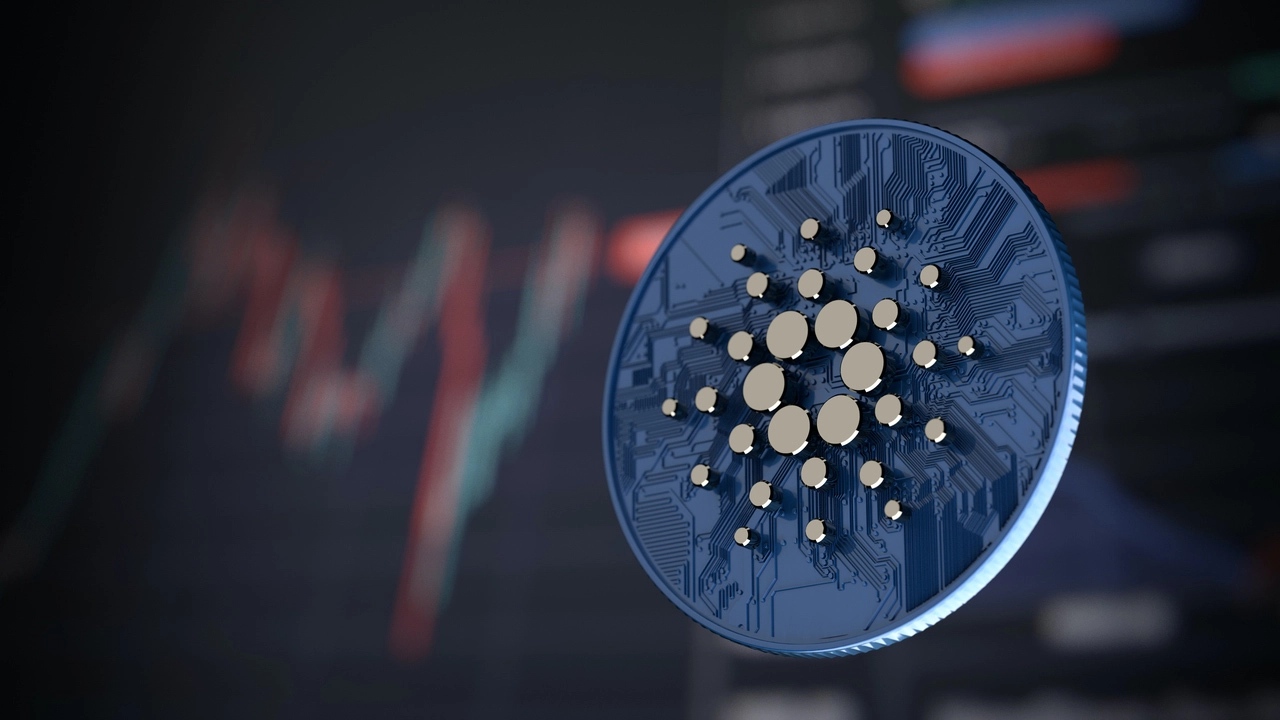 How to make money with Cardano coin
How to make money with Cardano coin
There are several ways in which you can potentially make money with Cardano (ADA), the native token of the Cardano blockchain. Some of the options available include:
- Buying and holding: One way to potentially make money with ADA is to buy and hold the coin for the long term. If the value of ADA increases over time, you could make a profit by selling it for a higher price than you paid. A famous saying is buying the dip and sell the high; in other words, buy the red and sell the green.
- Trading: Another way to potentially make money with ADA is to trade it on cryptocurrency exchanges. This involves buying and selling ADA in an attempt to profit from price fluctuations. Trading can be risky, as the value of cryptocurrencies can be highly volatile, and it is not suitable for everyone.
- Staking: If you hold a significant amount of ADA, you may be able to earn additional coins by participating in the staking process. In the Cardano network, validators (also known as “stakers”) stake their own ADA in order to validate transactions and create new blocks. They are rewarded with additional ADA for their efforts.
- Building and using dApps: If you are a developer, you may be able to make money by building and using decentralized applications (dApps) on the Cardano platform. You can use the Plutus programming language to create dApps that solve real-world problems and offer value to users, and you may be able to monetize your dApps through fees, subscriptions, or other means.
The potential to make money with ADA will depend on various factors, including the coin’s performance, your own skills and abilities, and market conditions. It is important to do your research and carefully consider your financial situation and risk tolerance before making any investment decisions.



